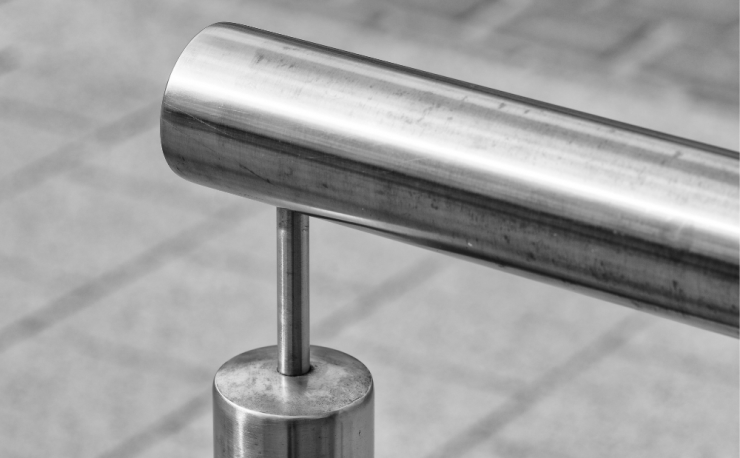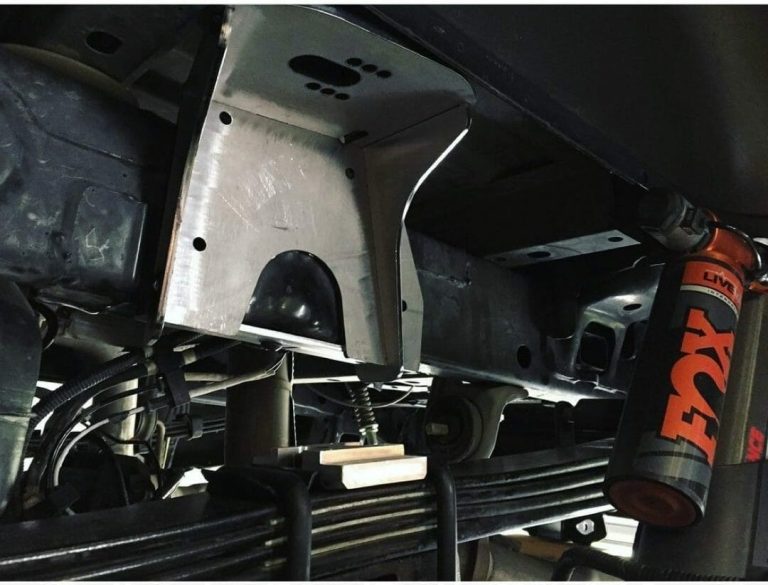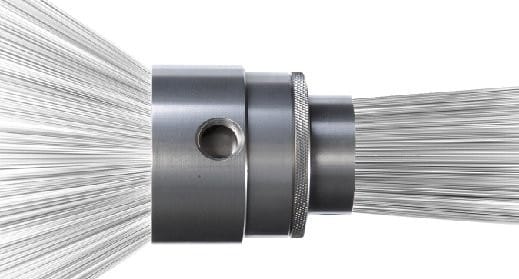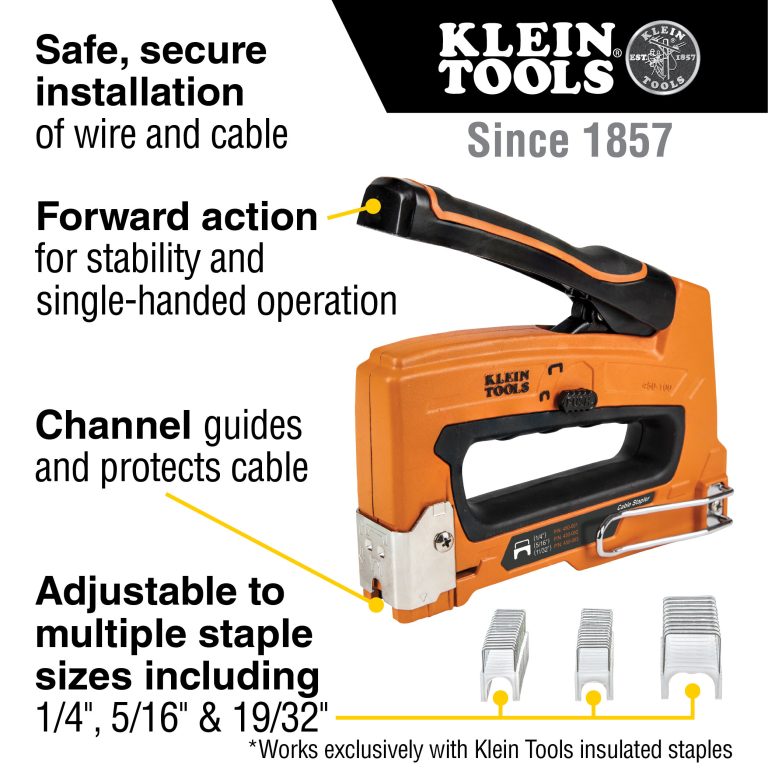A Guide to Utility Carts
Utility carts, versatile and practical, have become a staple in a multitude of industries, ranging from healthcare to hospitality and beyond. They come in various shapes and sizes, materials, and configurations, each designed to cater to specific needs. In this article, we’ll explore the different types of utility carts, the importance of choosing the right casters, and how these robust tools make our lives easier.
Types of Utility Carts: The Right Tool for the Job
Shelf Configuration
Whether to opt for a two-shelf or three-shelf utility cart is contingent upon the nature of your task. Two-shelf carts offer ample space for larger items, making them a fitting choice for tasks that involve bulky equipment. Conversely, three-shelf carts are optimal for jobs that require the organization of smaller items or the segregation of materials, with the additional shelf providing extra room for better arrangement and easy access.
Material Matters
The environment used directly impacts the choice of a wood, metal, or plastic utility cart. Wood carts, often used in libraries or office settings, bring an element of aesthetic appeal and warmth. However, they are less resistant to moisture and harsh cleaning agents.
Metal carts, typically crafted from stainless steel, are prized for their durability and ease of sanitation, making them a go-to choice in healthcare or food service environments. Plastic carts, on the other hand, are rust-resistant, lightweight, and often more budget-friendly, making them suitable for lighter-duty applications like transporting office supplies or small tools.
Selecting Casters for Utility Carts
Choosing the appropriate casters for your utility cart is as crucial as choosing the cart itself. The load capacity, floor conditions, mobility, and noise are all critical factors. Hard wheel casters, including nylon or hard rubber types, provide durability and ease of movement, particularly for heavy loads and hard surfaces. On the other hand, soft wheel casters offer cushioned rides and improved grip, contributing to quieter operation, especially on slippery surfaces.
When it comes to maneuverability, swivel casters are the top choice for spaces with tight corners and frequent turns. If you require your cart to stay stationary at times, opting for locking casters would be a smart move, providing stability and safety.
The Impact of Utility Carts on Efficiency
The convenience offered by utility carts is unrivaled. They dramatically reduce physical strain by minimizing the need for manual lifting, lowering the risk of workplace injuries. Moreover, their organizational potential streamlines operations, saving time and improving overall efficiency.
In conclusion, utility carts, when paired with the right casters, serve as quiet achievers across numerous sectors. Different caster types and configurations can be catered to specific needs, highlighting their critical role in fostering safer, more efficient work spaces. By understanding your unique requirements, you can harness the full potential of these functional workhorses and enhance productivity in your operations.




